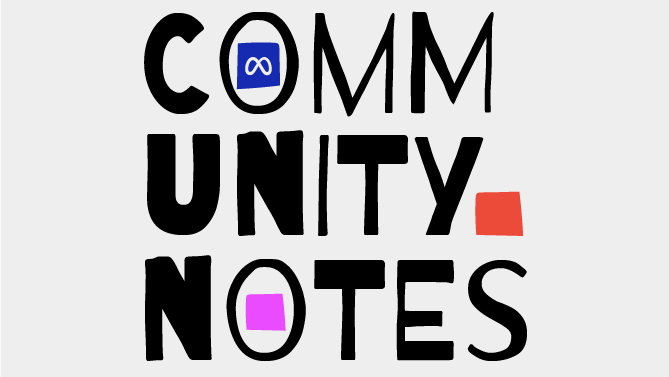Have you noticed how food has started to be connected to non-food products in ads and promotional materials?
Luxury goods, makeup, jewelry, stationery, home decor, and many other products are being associated with tasty-looking food and Pinterest-worthy aesthetics. But is this the trend you should keep a close watch on this summer? Let’s see!
Sensory marketing is taking over.
Sensory marketing is a strategy that engages consumers’ senses (sight, sound, smell, touch, and taste) to create a deeper emotional connection with a brand. By appealing to more than just logic or need, sensory experiences make products more memorable and desirable. Whether it’s the scent in a retail store, the texture of packaging, or the sound a product makes, these sensory cues can influence perception, boost brand recognition, and drive buying decisions on a subconscious level. You can read more about sensory marketing on our blog.
Craving edible branding.
The name for this marketing practice, which involves using food as a tool for branding, is edible branding. It refers to brands that use actual edible products (cookies with logos, branded latte art, custom chocolates) to make marketing literally tasteful.
The trick is that seeing a fancy, decadent piece of chocolate cake with the Prada logo on it, while being in a sweet-smelling café where nice music is playing, engages multiple senses and makes it more likely for you to crave that brand experience.
Most non-food products can’t be tasted or smelled online, but implying those sensations through food metaphors makes a digital experience feel more real. Also, branded cute sweet treats or coffees are so Instagram-worthy, you might end up sharing a photo of them on social media.
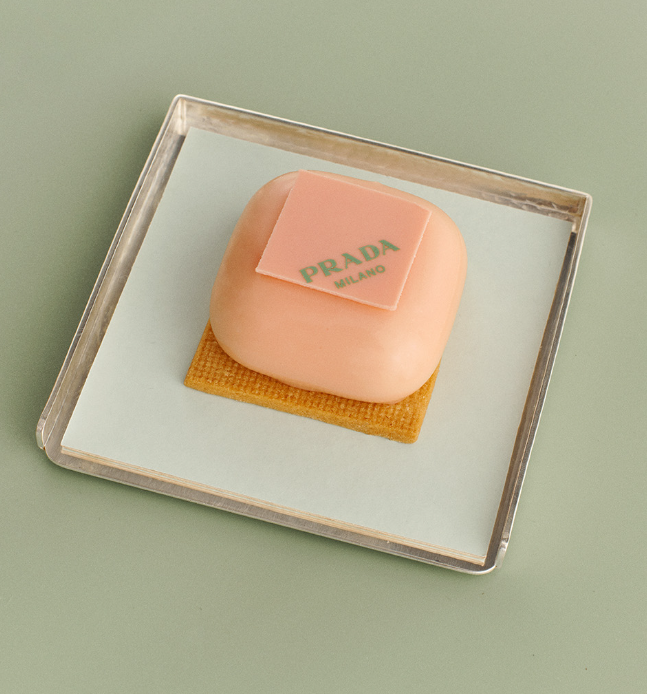
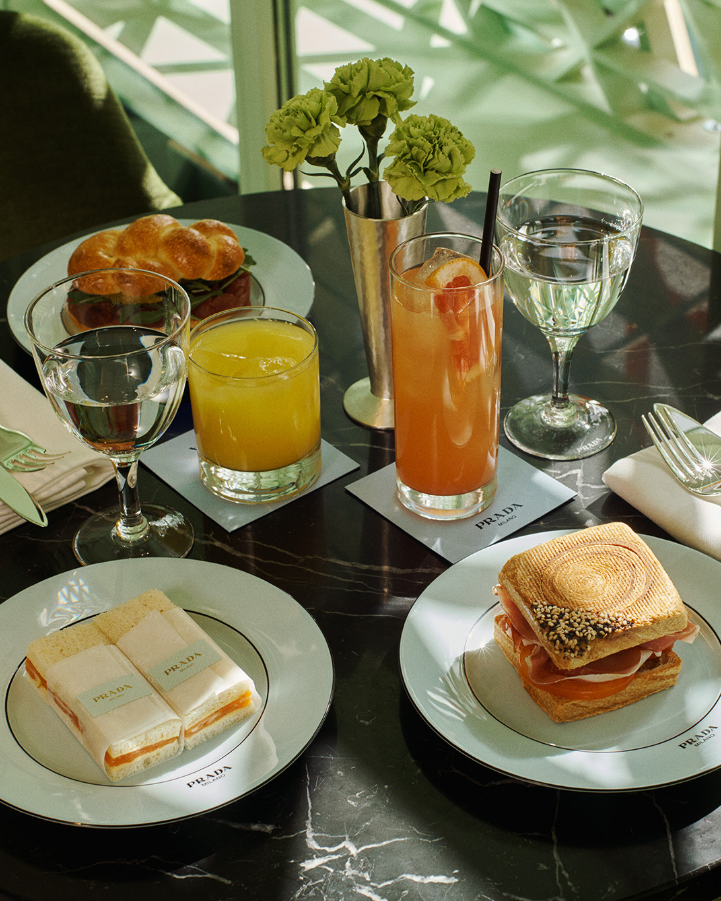
And it’s not just Prada. More and more brands like Gucci, Coach, Hermès, Dior, and Chanel are opening premium cafés and restaurants around the globe.

Food aesthetic vibes.
It seems that food is now seen as an aesthetic. Bright colors, glossy textures, soft layers, food is aesthetic gold. On social media, food visuals get high engagement because they pop in feeds and spark cravings.
That’s why brands are using stylized food imagery in their visuals, even when unrelated to F&B. When it comes to lip glosses, it might seem natural – you’d want your lip products to taste like cinnamon rolls or honey – but there’s so much more.
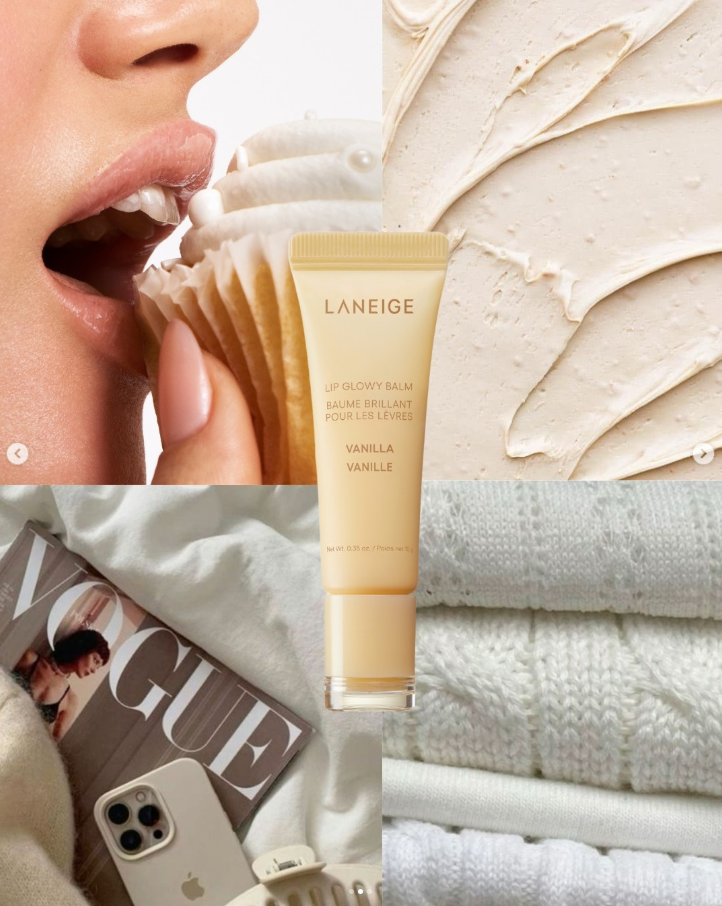
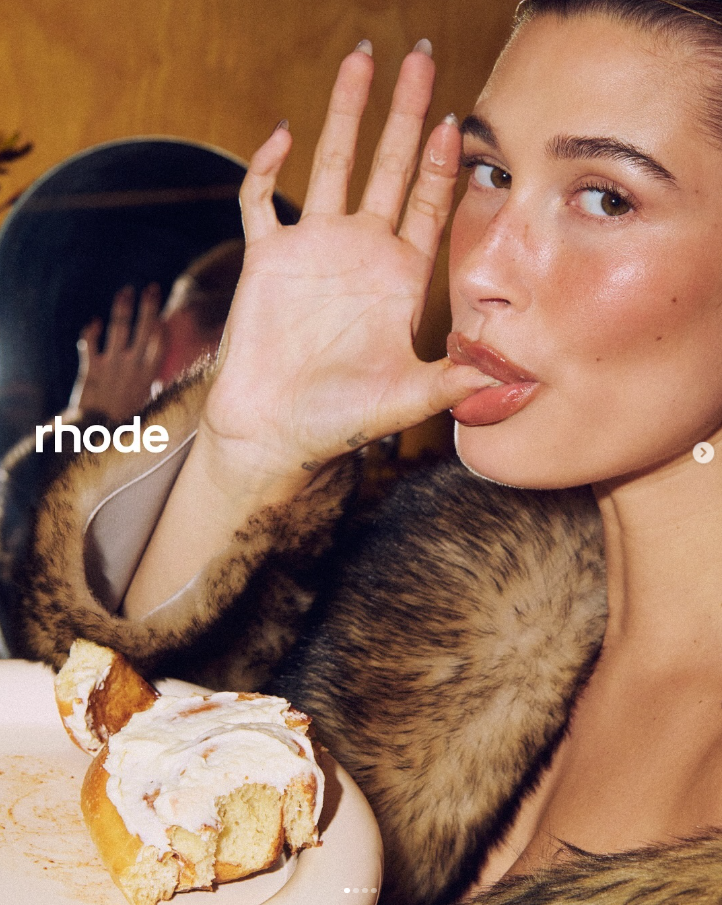
Why is this aesthetic so popular? Food is emotional, nostalgic, and instantly recognizable. Everyone has a connection to food, so brands use it as a storytelling shortcut to create instant familiarity and comfort. For example, a skincare brand showing creams in dessert-like swirls evokes indulgence and softness, even if there’s no actual dessert involved.
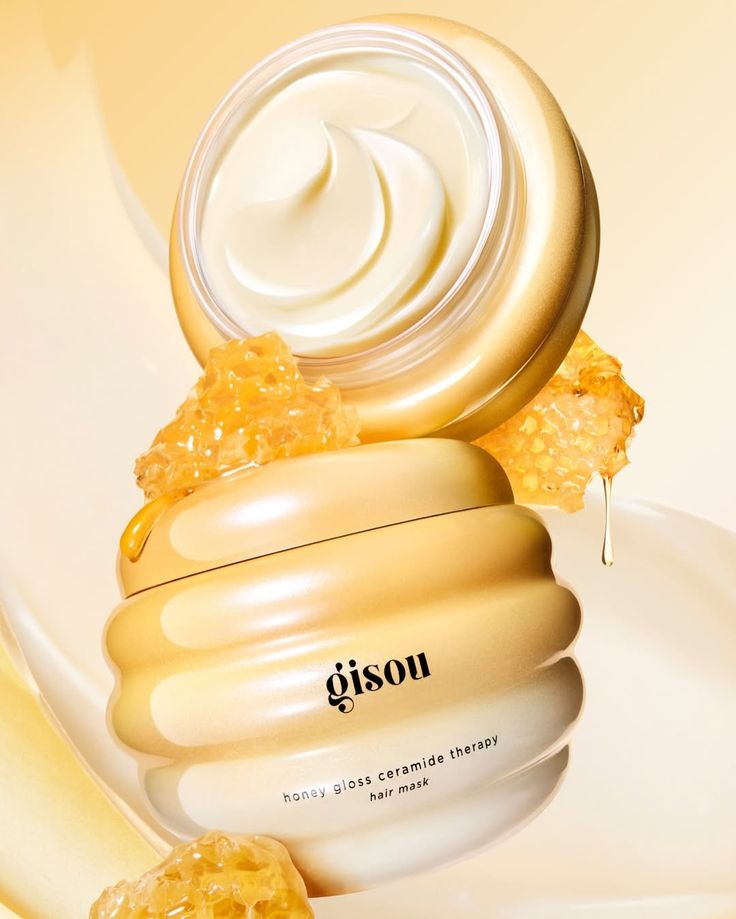
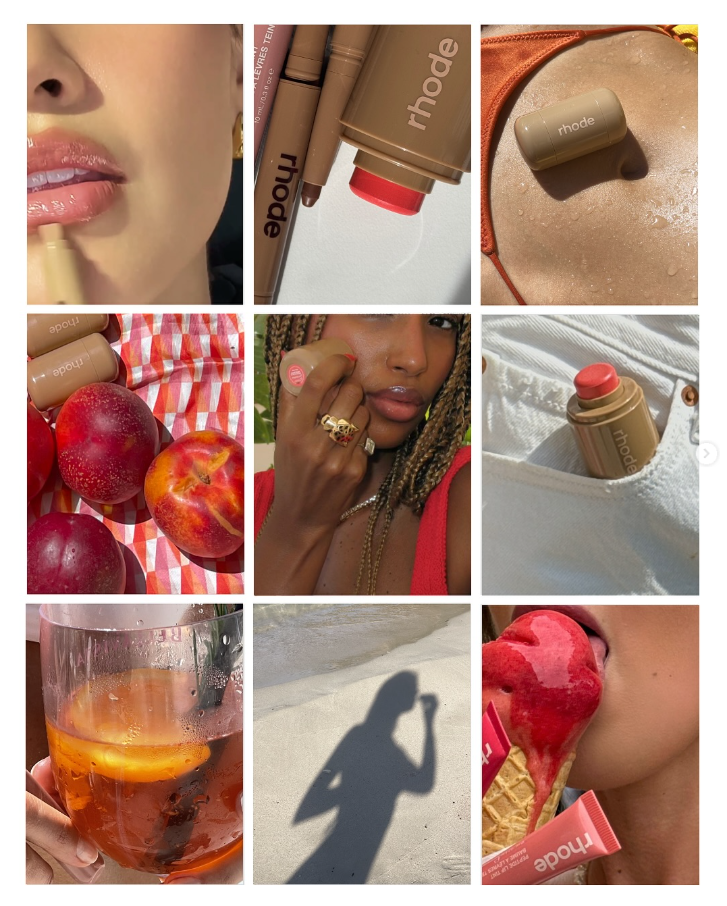
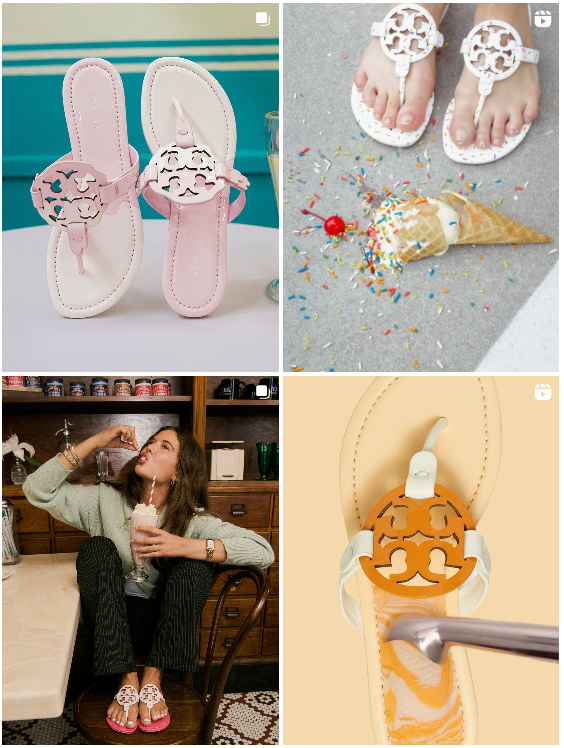
In an era where experiences matter more than products, food becomes a metaphor for shared moments, care, rituals, and ideas that extend beyond just eating. Craving a product might be the very reason you choose that particular blush over ten other similar ones on the Sephora shelf.
Unexpected pairings.
But beyond the tasty-smelling skincare products, there are some unexpected pairings, like sneaker brands collaborating with snack companies that don’t immediately seem to make much sense.
Nike SB teamed up with Ben & Jerry’s to create the “Chunky Dunky” Dunk Low, featuring a design inspired by the ice cream brand’s packaging, complete with cow-print overlays and a melting Swoosh. Adidas also had a collaboration with AriZona Iced Tea, launching a pop-up that sold sneakers priced at just $0.99, mirroring the iconic cost of the drinks.
Crocs has also leaned into absurdity with ongoing food collabs, from KFC to Pringles, designed for shock value and engagement. But beneath the novelty, there’s strategy: collectors loved them.
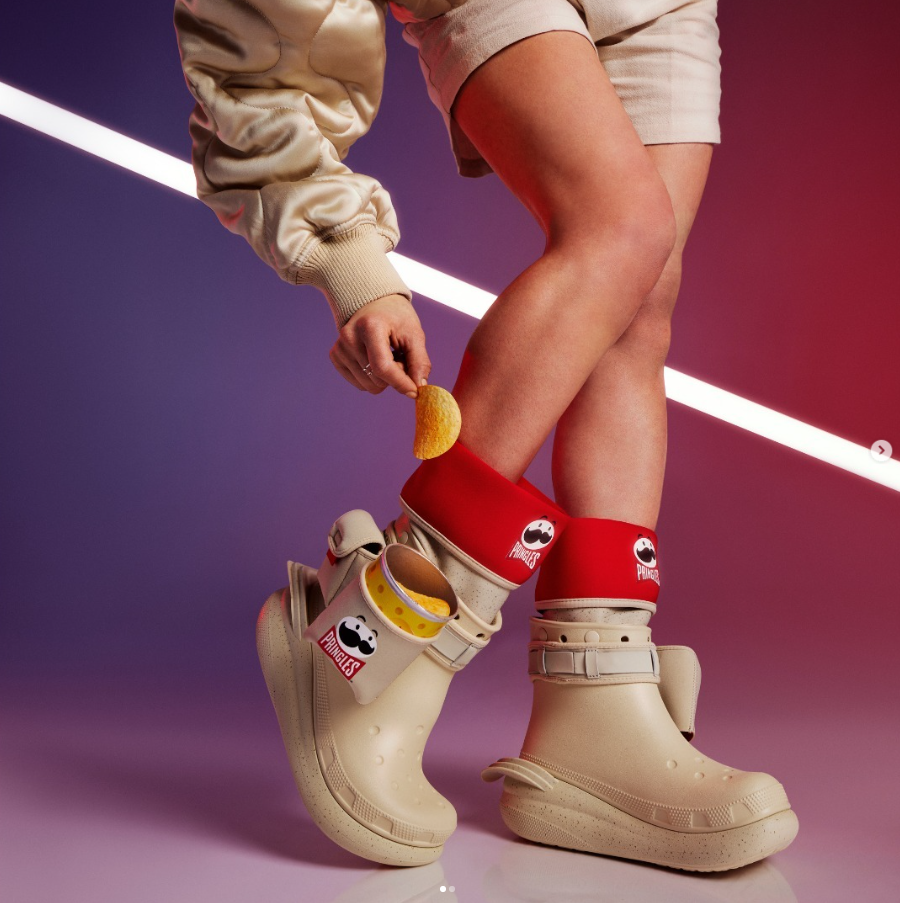
Bags are catching up with this trend, too. Kate Spade brought high fashion to the condiment aisle with a tongue-in-cheek collaboration with Heinz.
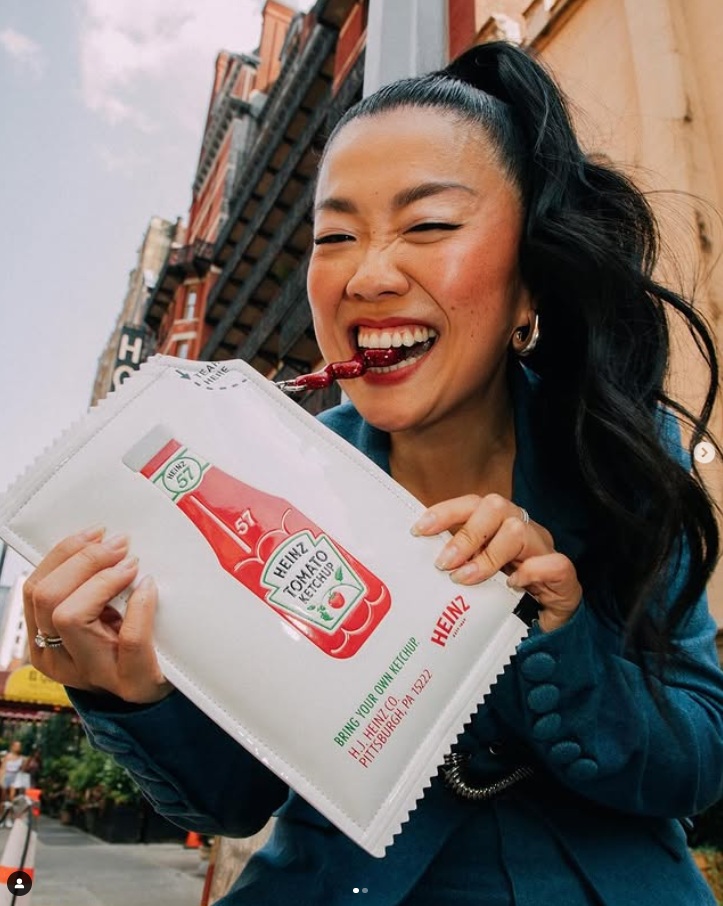
Have you ever imagined how a UGG smoothie (yes, the shoes brand) would taste like? UGG partnered with Erewhon to launch the “Coastal Coconut Smoothie”, inspired by UGG’s laid-back California roots. The collab paired cozy aesthetics with Erewhon’s cult smoothie culture, making it a must-sip moment for wellness influencers.
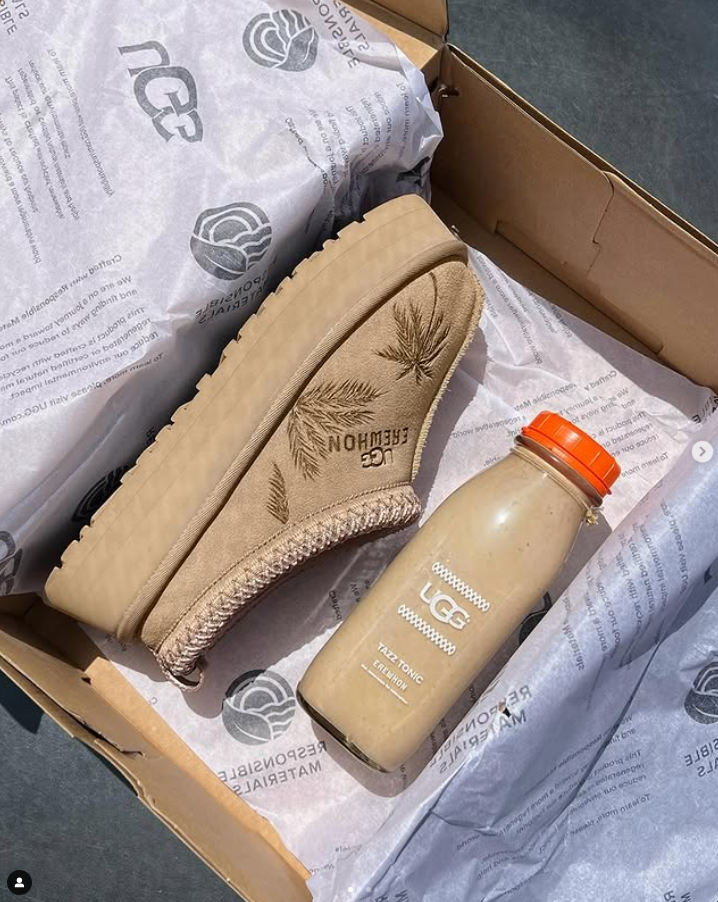
These collaborations are getting more creative (and weirdly delightful) than ever. The benefit of being brave enough to do this is that they break expectations and spark conversation. Plus, you have fan bases that collide and that means a lot of buzz and hype from both sides.
Local & cultural flavors.
There’s a deeper reason brands are leaning into local or traditional food elements. It’s about telling authentic stories and tapping into cultural pride. Sometimes, nothing sells an Italian product better than a pizza or a perfect plate of spaghetti. Food isn’t just flavor, it’s identity.
This also works so well because of the emotional component of marketing. Combining nostalgic or heritage-based values with cultural symbols makes brand identity stronger and can really help promote a product. And most of the time, the most nostalgic element of a certain culture is food.
Whether it’s a Japanese beauty brand referencing matcha, a French fashion house inspired by patisserie aesthetics, or a Latin American tech startup using street food visuals, food becomes a shorthand for home, history, and heart.
The viral Loewe meme was turned into a tomato bag that makes you linger in the feeling of a sunny Spanish afternoon.
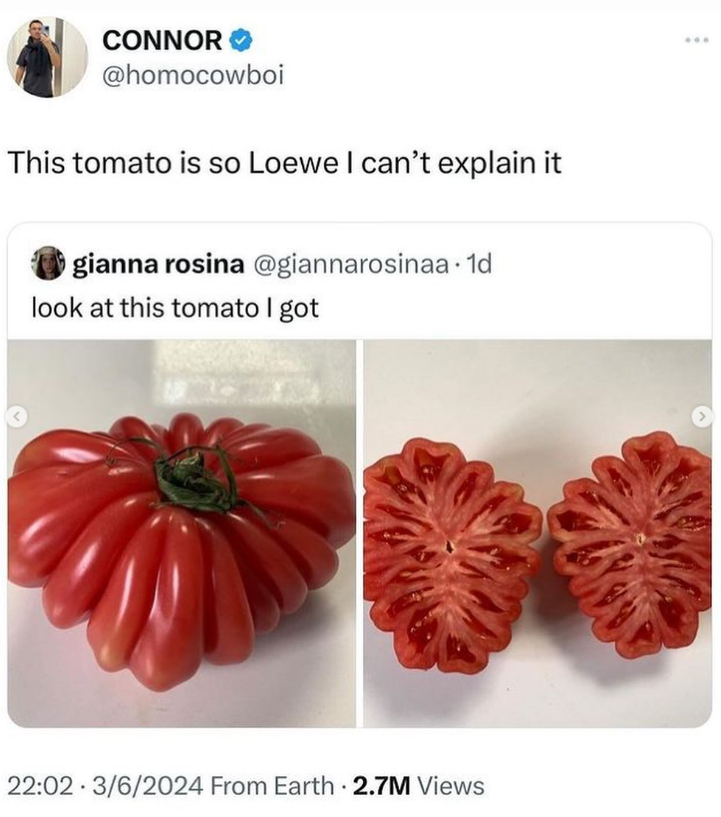
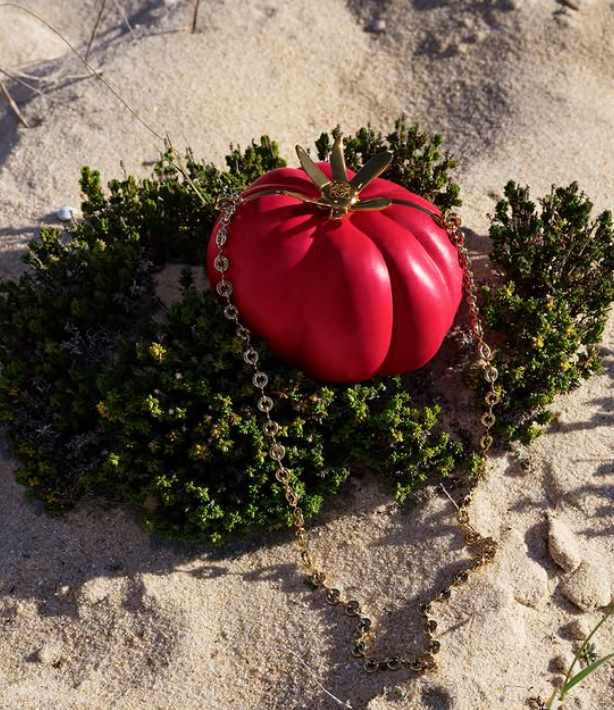
But the best example might just be Dolce & Gabbana. The brand is so deeply connected with the image of traditional Italian cuisine that they even released a cookbook in collaboration with Rizzoli Libri, titled “La Sicilia in cucina”.
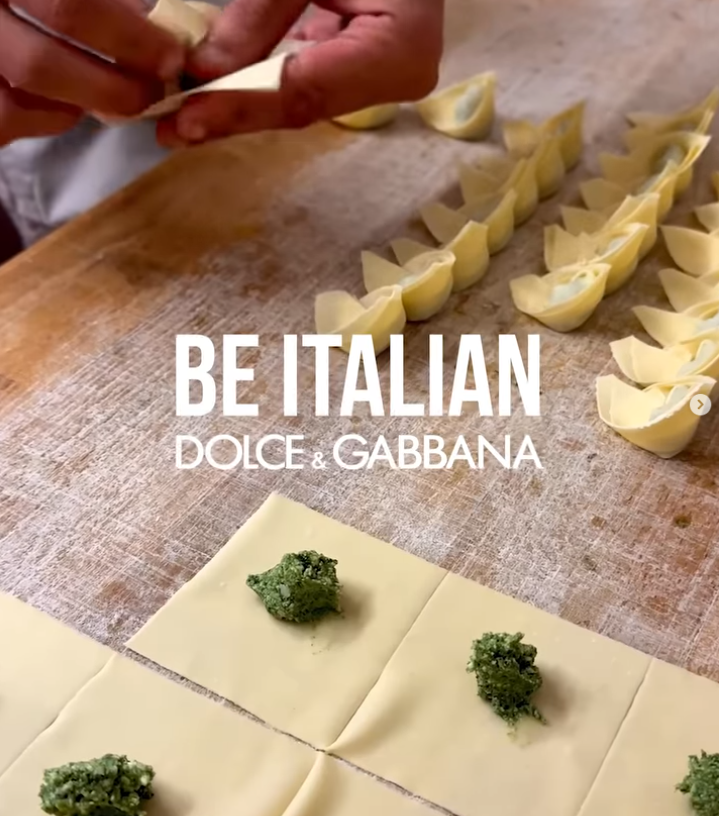

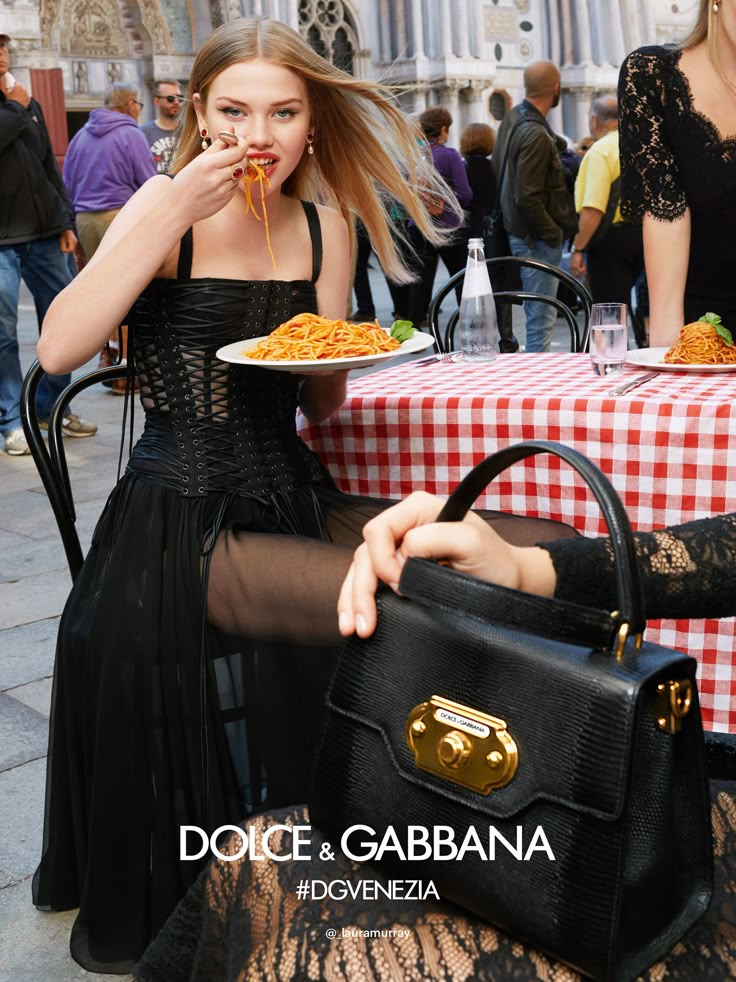
Unconventional marketing.
Food can be used by brands to make a political statement as well. For example, in March 2025, The Ordinary, a skincare brand known for its minimalist and affordable products, made headlines by selling cartons of eggs for $3.37 at its New York City stores. This move was a response to a significant increase in egg prices due to a bird flu outbreak that led to the culling of millions of chickens, causing shortages and price hikes across the U.S.
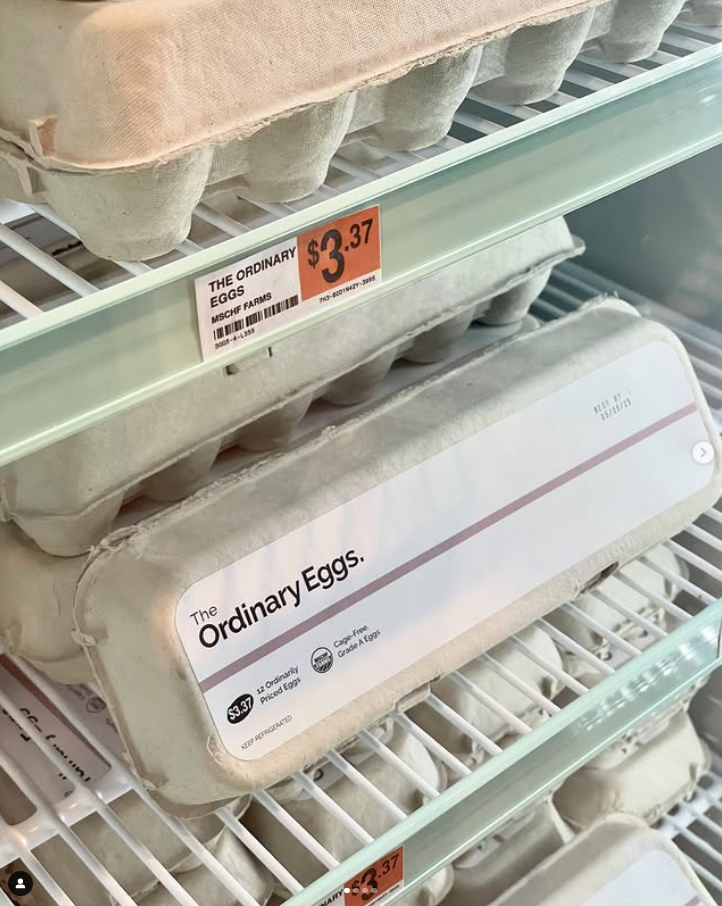
The initiative, promoted as “ordinarily priced eggs,” was a collaboration with the art collective MSCHF, known for their unconventional marketing stunts. The goal was to highlight The Ordinary’s commitment to affordability and simplicity, extending their brand ethos beyond skincare.
While the campaign garnered praise for its creativity and social commentary, it also faced criticism. But, overall, the marketing stunt was a bold move and showed the brand’s desire to be involved in the everyday problems of its customers.
A short conclusion.
The food trend isn’t just a cute idea for social media, it has taken over product design and is playing a major role in luxury goods advertising. The driving force behind it seems to be Gen Z’s preference for everyday luxury experiences over traditional investments in expensive, long-term items.
In the end, food-themed marketing taps into something universal: emotion, memory, and desire. It turns branding into something you can almost taste, and in a world hungry for connection and authenticity, that might just be the most powerful flavor of all.


